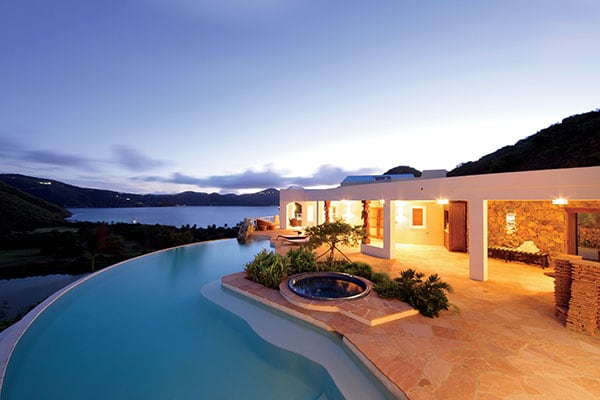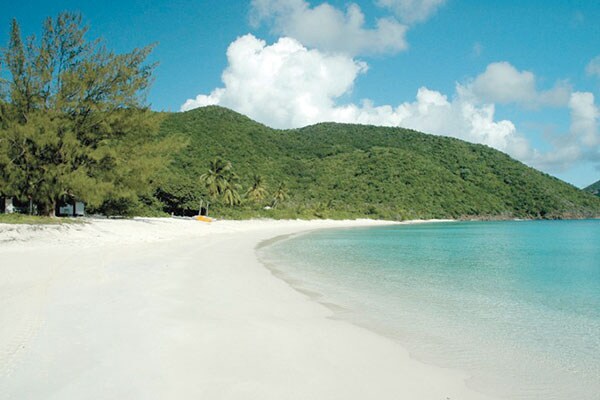The last virgin island
Longing for an unspoilt paradise in the Caribbean? Guana is a wildlife sanctuary with a cocktail hour


In the weeks leading up to my trip to Guana Island, friends and colleagues tried to convince me I had no idea where I was going.
“Guana?” one asked. “You sure you don’t mean Ghana?”
“Positive.”
“Could it be Guyana?”
“No.”
“Wait, Guano? As in bat—”
“And again, no. Guana.”
“Never heard of it.”
Guests fly into Tortola, and then it’s a 10-minute boat ride to Guana. You arrive at a private dock on a deserted beach that looks like it’s expecting passengers from Oceanic Flight 815. Not that there aren’t other people on the island, but the resort has only 18 rooms (starting at $700) and accommodates a maximum of 32 guests. (Thirty-five if you rent the whole island for $22,000 a night.)
No matter which room you choose, it comes with a panoramic view of the ocean. In fact, from just about any spot on the island, you can see water—including a pond filled with flamingos. From the spacious Harbour House Villa, where I stayed, you can look out at the Caribbean Sea while on the patio, as well as the Atlantic—if you can muster the energy to turn your head to the left.
What makes Guana so special is that it has remained gloriously unspoilt—by design. The Jareckis could have added even more rooms to the island—or a main pool—but instead they have built up the flora and repatriated fauna. In addition to repopulating the rock iguanas, which look like they might have been extras in Jurassic Park, they have restored several bird species, particularly those flamingos. (“They had a fatal genetic flaw,” Dr Jarecki jokes. “They tasted like chicken.”) There is also a friendly donkey on the island and four tortoises at the Jareckis’ residence, who are quite happy to be fed by hand. And for a mid-afternoon excursion, a gardener will cut down fresh papaya, sugarcane or coconut from the island’s orchard. You can see the Atlantic and the Caribbean Sea. And the snorkelling is superb
You can see the Atlantic and the Caribbean Sea. And the snorkelling is superb
As for that cocktail hour, it’s been a Guana tradition for half a century. Guests dress for dinner—island casual—and pour their own drinks on the honour system for an evening that feels like a page out of a John Cheever short story. Guana—remember the name.
First Published: Dec 16, 2014, 07:48
Subscribe Now(This story appears in the Mar 19, 2010 issue of Forbes India. To visit our Archives, Click here.)
